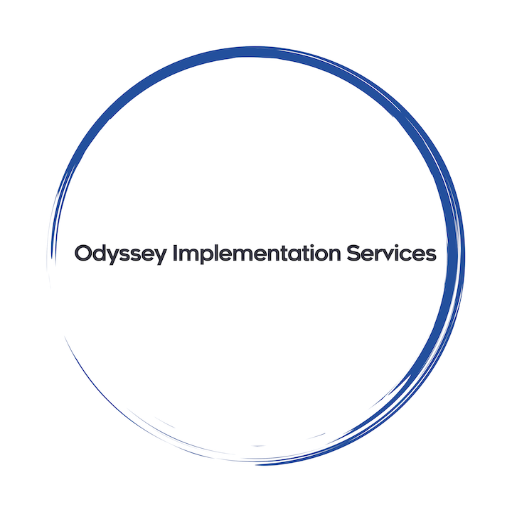In the world of Salesforce, record types play a crucial role in customizing data management and user experiences within the platform. They offer a way to define different sets of picklist values, page layouts, and business processes for various types of records. Let’s delve into what Salesforce record types are, when your team would use them, how to create them, and important considerations for administrators and developers.
What Are Salesforce Record Types? Salesforce record types are templates that define the attributes and behaviors of a specific category of records. They allow organizations to tailor the user interface and functionality based on the characteristics of each record type.
When to Use Record Types?
Teams often use record types when they need to differentiate between different business processes or user experiences for the same object. For instance, a company may have different sales processes for B2B and B2C customers, requiring distinct record types for each.
How to Create Record Types:
- Navigate to Setup: Access the Setup menu in Salesforce.
- Choose Object Manager: Select the object for which you want to create record types.
- Click Record Types: Find the Record Types section and click “New Record Type.”
- Define Record Type Details: Provide a name, label, and description for the record type.
- Configure Picklist Values: Customize picklist values and assign page layouts and business processes.
- Save: Save your changes to create the record type.
Additional Considerations
- Permissions: Ensure that users have the appropriate permissions to access and use different record types.
- Data Migration: Take into account any data migration implications when introducing new record types.
- User Training: Provide adequate training to users on how to work with different record types effectively.
What Administrators and Developers Need to Know
- Impact on Workflows: Changes to record types may impact existing workflows and automation rules.
- Testing: Thoroughly test record type configurations to ensure they meet business requirements and don’t cause unexpected issues.
- Governance: Establish governance policies to manage the proliferation of record types and maintain a streamlined data model.
In conclusion, Salesforce record types offer a powerful mechanism for tailoring data management and user experiences in the Salesforce platform. By understanding when and how to use them effectively, teams can optimize their Salesforce instance to better align with their business processes and requirements. However, careful planning, configuration, and ongoing maintenance are essential to ensure successful implementation and user adoption.
